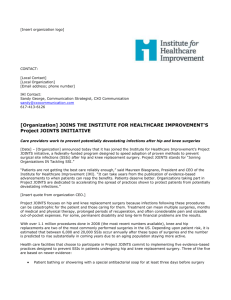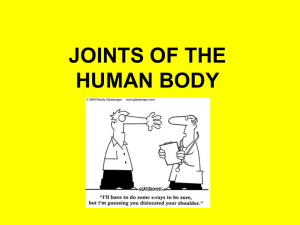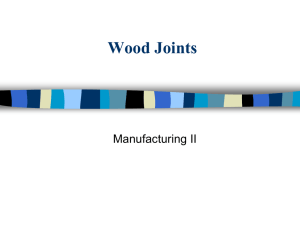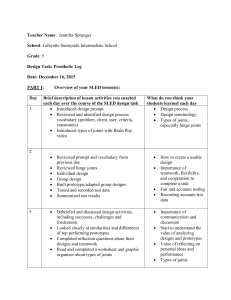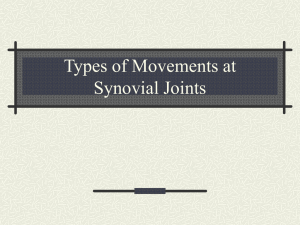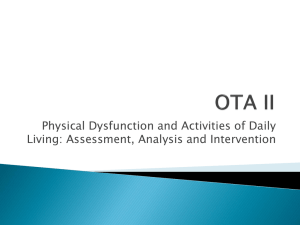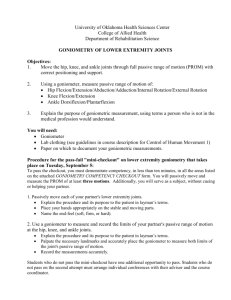article about Project JOINTS - Institute for Healthcare Improvement
advertisement
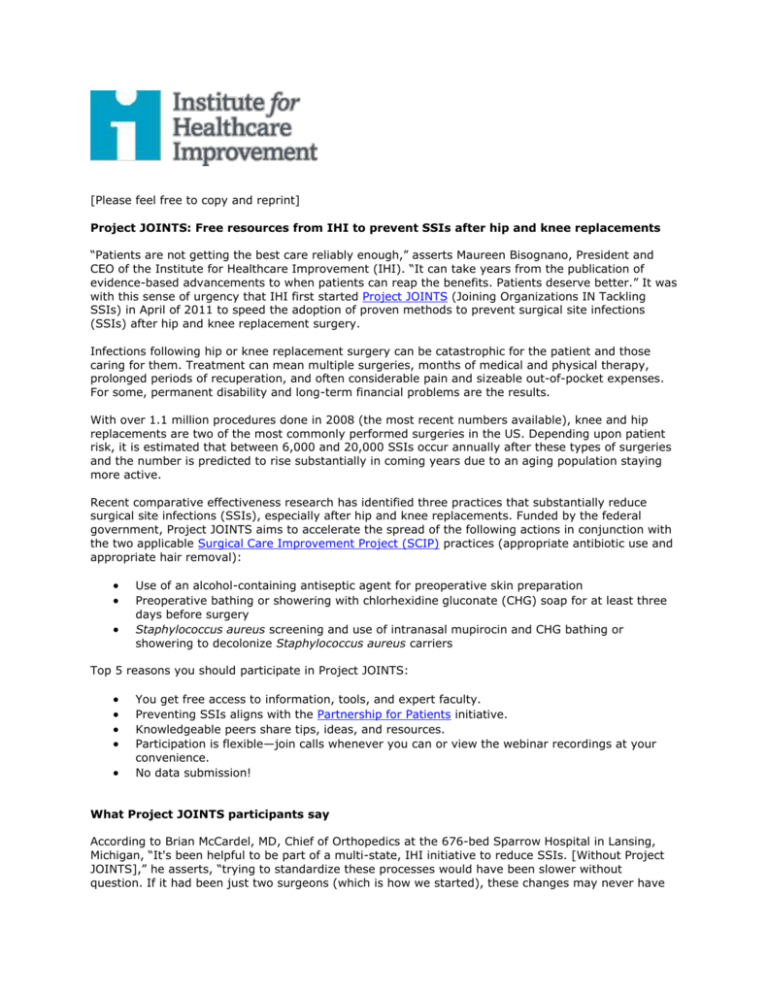
[Please feel free to copy and reprint] Project JOINTS: Free resources from IHI to prevent SSIs after hip and knee replacements “Patients are not getting the best care reliably enough,” asserts Maureen Bisognano, President and CEO of the Institute for Healthcare Improvement (IHI). “It can take years from the publication of evidence-based advancements to when patients can reap the benefits. Patients deserve better.” It was with this sense of urgency that IHI first started Project JOINTS (Joining Organizations IN Tackling SSIs) in April of 2011 to speed the adoption of proven methods to prevent surgical site infections (SSIs) after hip and knee replacement surgery. Infections following hip or knee replacement surgery can be catastrophic for the patient and those caring for them. Treatment can mean multiple surgeries, months of medical and physical therapy, prolonged periods of recuperation, and often considerable pain and sizeable out-of-pocket expenses. For some, permanent disability and long-term financial problems are the results. With over 1.1 million procedures done in 2008 (the most recent numbers available), knee and hip replacements are two of the most commonly performed surgeries in the US. Depending upon patient risk, it is estimated that between 6,000 and 20,000 SSIs occur annually after these types of surgeries and the number is predicted to rise substantially in coming years due to an aging population staying more active. Recent comparative effectiveness research has identified three practices that substantially reduce surgical site infections (SSIs), especially after hip and knee replacements. Funded by the federal government, Project JOINTS aims to accelerate the spread of the following actions in conjunction with the two applicable Surgical Care Improvement Project (SCIP) practices (appropriate antibiotic use and appropriate hair removal): Use of an alcohol-containing antiseptic agent for preoperative skin preparation Preoperative bathing or showering with chlorhexidine gluconate (CHG) soap for at least three days before surgery Staphylococcus aureus screening and use of intranasal mupirocin and CHG bathing or showering to decolonize Staphylococcus aureus carriers Top 5 reasons you should participate in Project JOINTS: You get free access to information, tools, and expert faculty. Preventing SSIs aligns with the Partnership for Patients initiative. Knowledgeable peers share tips, ideas, and resources. Participation is flexible—join calls whenever you can or view the webinar recordings at your convenience. No data submission! What Project JOINTS participants say According to Brian McCardel, MD, Chief of Orthopedics at the 676-bed Sparrow Hospital in Lansing, Michigan, “It's been helpful to be part of a multi-state, IHI initiative to reduce SSIs. [Without Project JOINTS],” he asserts, “trying to standardize these processes would have been slower without question. If it had been just two surgeons (which is how we started), these changes may never have happened. With Project JOINTS, we had QI people and a whole lot of allies working with us and not just a bunch of skeptics.” For Karen Tanner, RN, Orthopedic Service Line Program Coordinator at the 200-bed Mercy Medical Center in Roger, Arkansas, it was the Project JOINTS peer support that meant the most for her work. “[Being part of Project JOINTS] was invaluable,” she says. “Where else are you going to find all that information and hear all that input from everybody, small hospitals to large hospitals, some with established programs and some that were just starting out?” The providers at the 88-bed Willamette Valley Medical Center (WVMC) in rural McMinnville, Oregon discovered that the free Project JOINTS webinars, resources, and peer support “helped by providing organized information, sample tools, and evidence for the recommendations,” according to Natalie Reed, PT, Joint Care Coordinator at WVMC. “We started small and adapted what we were already doing,” Reed recalls. Reporting a notable decrease in their infection rates for all hip and knee procedures since 2011, Reed says, “With Project JOINTS, the changes we made were relatively easy to do and seem to have made a big impact already. Small changes can make a big difference.” Arkansas, Colorado, Michigan, New York, and Tennessee were the first states eligible for Project JOINTS participation in 2011. Health care providers in California, Maryland/DC, Mississippi, Oregon, and Wisconsin were invited to enroll in the second stage of the initiative in early 2012. Project JOINTS was launched nationally in December of 2012. If you are interested in taking part in Project JOINTS: Join the upcoming webinars Use the tools and resources Contact an Exemplar Hospital for advice, support, and tips Review the Frequently Asked Questions page Post a question to the User Group discussion For additional information, review the Project JOINTS overview or feel free to contact the Project JOINTS team at ProjectJOINTS@IHI.org.
